'Halasto Fish Ponds' is an area in the centre of Hortobagy National Park with hundreds of old traditional fishponds, ranging from huge ones to smaller ponds. They are all characterised by their surrounding large reedbed vegetations. Walking around in the early morning during spring is a magical moment: a constant choir of frogs, toads, Great Reed Warblersand Sedge Warblers, is from time to time overruled by the hinny of a Little Grebe, the barking of a nearby Little Bittern, the drawn out whoomp of the mysterious bittern and the subtle tiny noises from Bearded Tits or Penduline Tits.

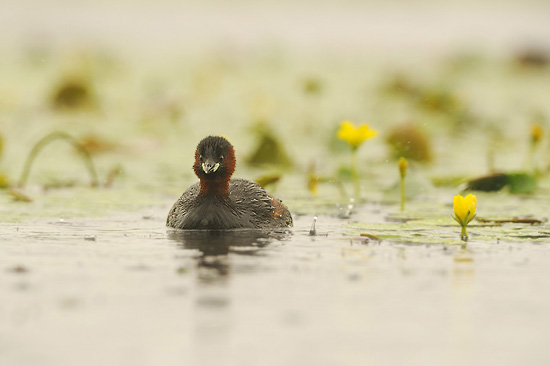
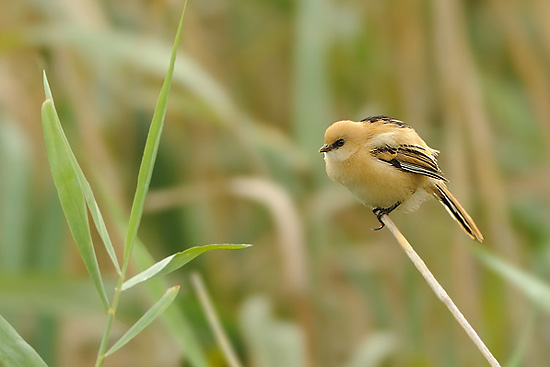
The ponds are also home to a large number of ducks, of which the Gadwall and Common Pochard (under here) are the most common ones.


In one of the hides of Sakertours, I was able to observe Garganey and Ferruginous Duck at close distance. The Garganey image was made by the end of july, when all the ducks are moulting and have an eclipse plumage.
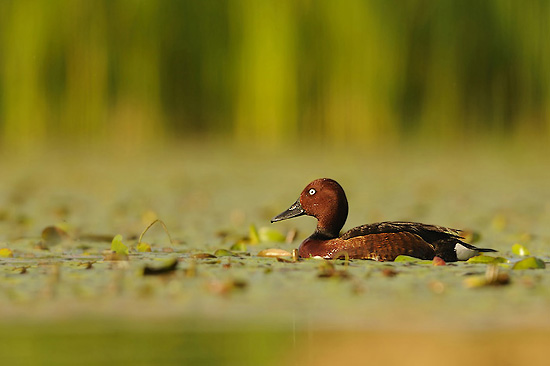

One of the highlights for me was observing and photographing Pygmy Cormorants at close range. All day long they regularly showed up in front of the hide, either for fishing, either for cleaning and drying their wings in the sun. Under here some images of this tiny little creature. The image of the swimming bird shows very well the amazingly long – almost beaver-looking like tail.


Special moments
When sitting in a hide for an entire day, one is always part of some nice and unexpected action moments.
A nice example is the image of the Barn Swallow attacking a Hooded Crow. A Barn Swallow pair had their nests built under the roof of our hide and when a pair of Hooded Crow came too close, the male vigorously attacked the Crows.
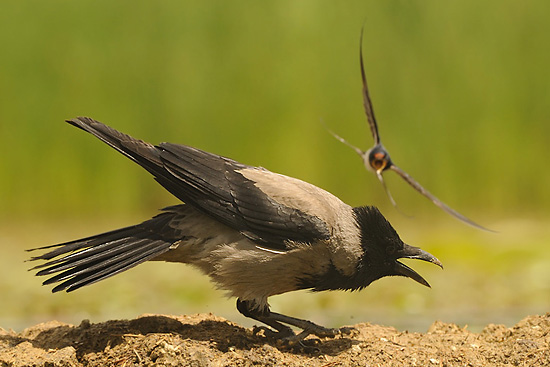
Under here two images from bathing Pygmy cormorants and one who just caught a fish.
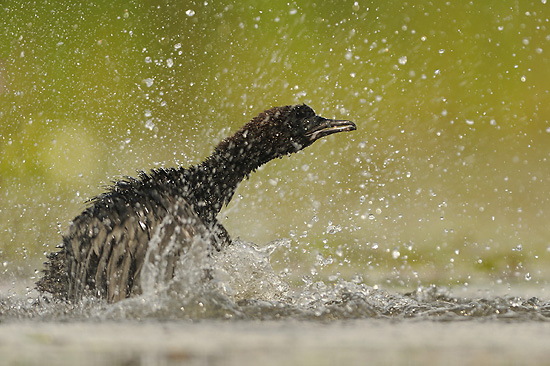
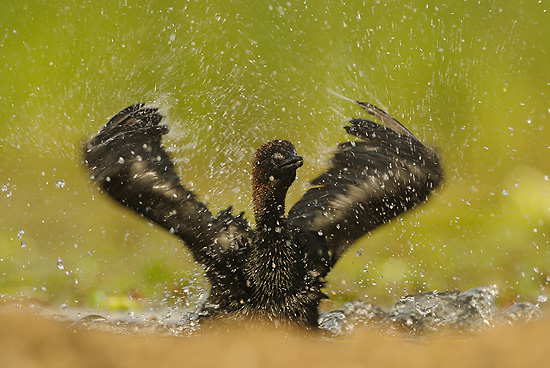
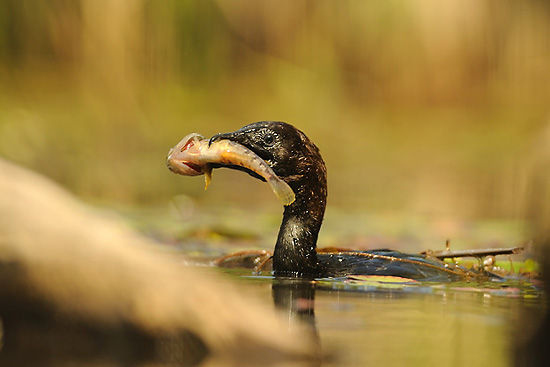
Here is an image of a backlit bathing Common Coot.

Under here, an image of a Common Pochard, looking as if he’s wearing headphones.

In july 2013, a lot of Whiskered Tern nests were destroyed by heavy rainfall, and many birds had to build new nests. During the entire day, Whiskered Terns came to collect plant material in front of our hide. Under here images of a Whiskered Tern with a halm. A second later the bird lost the halm and had to dive after it. Agile and fast as they are, the bird easily recuperated the halm.


Just before we left the hide in the evening, we were gifted with a lovely rainbow. I immediately got the idea of photographing a bird flying in front of it, but bird activity had already slowed down. So I knew I would need some luck. Fortunately the intense rainbow lasted for a while, and after a few minutes a Whiskered Tern passed by at a reasonable distance.

Special thanks to Yves Adams from Tierra Phototours, Janos Olah and Attila Szilagyi from Sakertours, for the nice company and making all the fantastic observations at close range possible.
